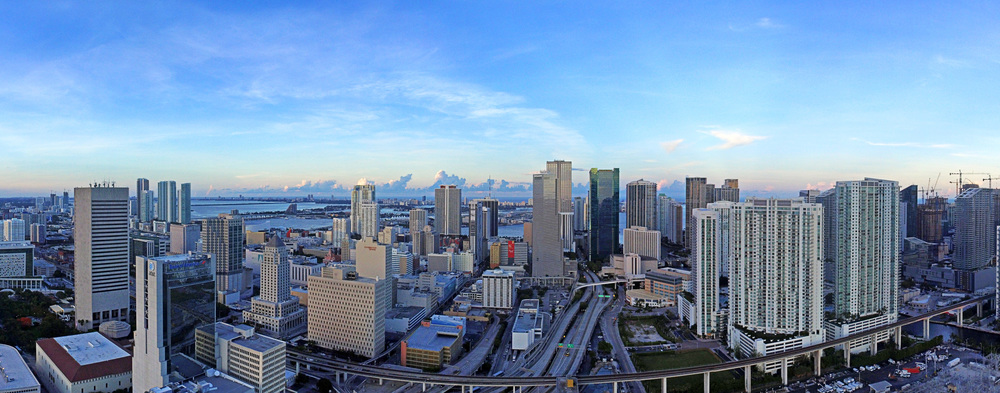Between 2000 and 2015, the number of single family homes in Wynwood rented by low- to middle-income households dropped from 38 percent to 20 percent, according a new report by the Urban Institute.
The findings stress the need in Miami for more housing that a majority of city residents can afford, according to the report’s authors.
“You see neighborhoods like Wynwood going through a transition,” said Diana Elliott, a Urban Institute senior research associate. “You have residents who are struggling to keep pace.”
Elliott, along with her colleague, Urban Institute fellow and urban policy initiative director Erika Poethig, presented the report shortly before a panel discussion about the state of low and middle-income housing in Miami.
The panel included Miami-Dade County Commissioner Daniella Levine Cava, Pacific National Bank President and CEO Carlos Fernandez Guzman, BAC Funding Corp CEO and Chairman Ronald Frazier and Atlantic Pacific Vice President Lindsay Lecour. Held at the Hilton Downtown Miami, the event was hosted by the housing solutions task force of the Greater Miami Chamber of Commerce.
According to the report, a majority of Miami’s low- to middle-income households are located in downtown Miami, West Flagler, Flagami, Allapattah and Little Havana. “There is a tremendous need to preserve [housing] in those areas, perhaps right now,” Elliott said.
The report also noted that Coconut Grove, the Upper Eastside and Edgewater are the top neighborhoods when it comes to economic success for residents. “These are places where residents are not struggling as much,” Elliott said.
Poethig said the biggest challenge for creating affordable housing for low- to middle-income households is the absence of available land. She suggested city and county governments should consider authorizing a community land bank. “[The] county could take land, bank it and make it available for affordable housing,” Poethig said, “using tax delinquency as a tool, private donations or land already owned by the county.”
She said small community banks could form a consortium that can provide small-scale loans for landlords in order to buy or renovate properties. Panelist Fernandez Guzman said market forces also dictate what type of residential projects developers pursue.
“This has been a recurring problem because of the cycles of Miami real estate,” Fernandez Guzman said. “But if we are going to continue to flourish as a business community and build around a core element of a sustainable workforce, this is an absolute necessity for the business community to address.”
He said one option is to pursue affordable housing developers that have not entered the South Florida market. ‘These are issues we need to face as a coalition for solutions,” Fernandez Guzman said.
Frazier said developers of small scale housing projects often avoid inner city neighborhoods because of high pre-construction costs and lack of financing. “The biggest problem they run into is lack of infrastructure,” he said. “There is no water and sewer. That is killing a lot of inner city development.”
